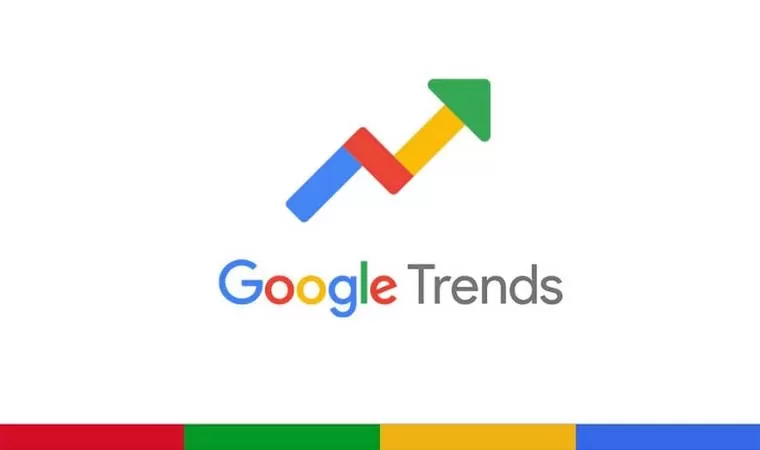What Does Google Trends Do?
What are the Advantages of Google Trends?
- You can search for up to 25 terms at a time on any given topic via Google Trends.
- Provides predictions for the most searched words worldwide.
- Optionally ranks the most searched items over a wide time period.
- It reveals in which periods and on which dates the selected topics or words are searched more intensively.
- By evaluating different regional searches, the app is useful for identifying which searches are made in which countries.
- It reveals which topics are periodically popularized on a sectoral basis.
- Easy and practical to use, it offers a lot of benefits at zero cost.
- It determines which searches websites come to the forefront in which periods.
Google Trends supports professional work as an option that provides great profit especially in e-commerce activities and marketing areas.
How to Use Google Trends?
1. Punctuation
Double Quotation: In the analysis, words or phrases to be specifically mentioned are written in quotation marks. You can use referring expressions before or after the word or phrase in quotation marks. For example, “search methods”.
Plus Sign The (+) sign, which means “or” in analysis, is used to indicate two different words as alternatives. For example, search + analyze: search or analyze. Using alternatives in searches and examining different data will make the study more efficient. In this direction, to indicate two or more alternatives; in searches expressed as “black sweater + red sweater + blue sweater”, if there are not enough sources for the black sweater, sources for the red or blue sweater are also provided.
Minus Sign: The (-) sign used between two words in the analysis indicates the exclusion of the following word. For example: search – analysis: except analysis. You may prefer to simplify the topics so that the analysis is not misleadingly complicated by intertwined topics. For example, you want to review the products of phone company A, but you only need to search for model X and you don’t want to include model Y in the analysis. In this case, if you use the expression “Company A – Model Y” in the analysis, you can examine the products of Company A by excluding Model Y.
2. Latest News and Analysis
3. Latest Trends
4. Search Trends of the Year
- In the search analysis of Google Trends, it is possible to focus on annual results by entering a time interval to search on an annual basis.
- Periodic notification of trending words can be provided through the Google Alert application. In this way, it is possible to access and use trending expressions instantly. As with Google Trends, this app can be used with a g-mail address.
- You can create alerts on various topics to follow the agenda faster through Google Trends. For example, if you need to follow the news on a current issue or if you need to follow a discount period, you can adjust keywords and tags for these issues. You can set the time interval and reminder frequency for the alarm you create.
- It is also possible to keep up to date with news content on Google. Analyzes in this direction can be carried out through Google News.
5. Create a Google Trends Alert
- Enter the alerts menu on Google (google.com/alerts),
- On the page that opens, specify the subject label, type the alert and click on “create alert”,
- The label written in the warning section can be on a specific title or directly on a brand,
- You can access and edit your alerts created in the My Alerts section.
Using Google Trends in SEO Studies
- Keyword searches to be used in SEO studies can be provided through Google Trends.
- By identifying the most searched keywords in the past, the Trends system also predicts the search words that may be used going forward.
- Google Trends can identify the words with the highest search potential.
- The extension also contributes to the measurement of increasing needs and demands on a sectoral basis.
- Topics and words with a high CTR rate, i.e. click-through rate, can be used to direct SEO efforts and to create pages.
- Google Trends can also be used to search and analyze visual elements. For example, image searches may yield more accurate results outside of the content used by popular social media apps. In this way, your website will not be lost among popular content.

